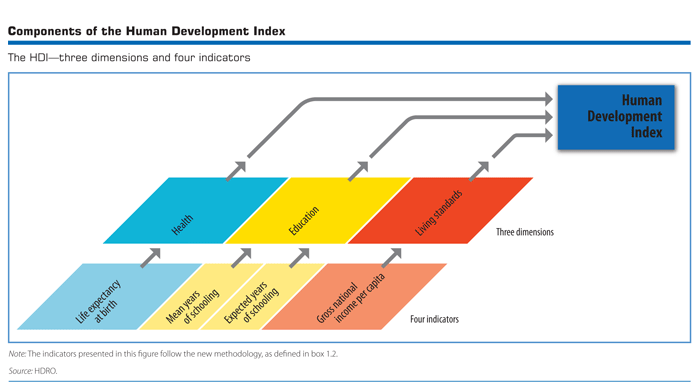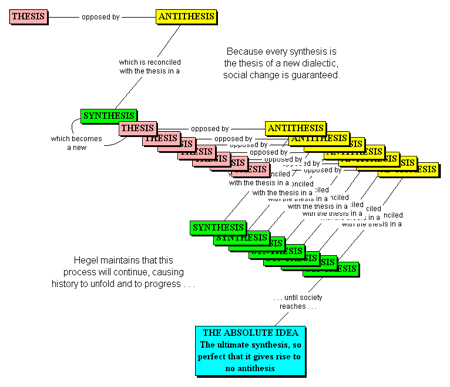First, we will begin by understanding the root of human motivation by exploring our evolutionary history.
“It is important to view knowledge as sort of a semantic tree — make sure you understand the fundamental principles, ie the trunk and big branches, before you get into the leaves/details or there is nothing for them to hang on to.” Elon Musk
Humanity: Situational Overview
Mills identifies that problem categories associated with adapative problems include personal survival and reproduction, mating, parenting and relations with kin, interactions with non-kin, and information transfer [1]. He attributed the following individuals with developing the major theoretical advances associated with these topics:
Theoretical Advances in Adaptive Problems
| Person | Focus | Concept | Problems |
| C. Darwin | Individual | Survival Selection | Survival & Asexual reproduction |
| C. Darwin | Individual | Sexual Selection | Sexual Reproduction |
| W. Hamilton | Family / Kin | Inclusive Fitness | Indirect gene replication |
| R. Trivers | Group (non-kin) | Reciprocity between non-kin | Symbiotic cooperation |
| R. Dawkins | Culture | Meme replication | Information transfer |
At this point, we will segment the world population in accordance with the Human Development Index per the United Nations Development Programme. The United Nations identifies three dimensions (health, education, and living standards) and four indicators (health = life expectancy and birth; educations = mean years of schooling & expected years of schooling; living standards by gross national income per capita) to construct a perspective on the human development of nations.
Components of the Human Development Index

Next, we will take the aforementioned framework and identify what percentage of the world population has reached what degree of human development:
Human Development Index by Population

As seen above, 68% of the world has achieved at least a medium level of human development (a third achieving only a low level of human development).
Classification and Construction
We will borrow Mills’ framework above to develop a perspective on a dual-track operating state for the world. We will group Darwin, Hamilton, and Trivers in to one camp, that which is defined by adaptivity by way of survival and inclusion.
Adaptive Problem 1: Survival and Inclusion
I argue that limited access to survival is directly correlated with barriers to social inclusion [4]. As such, we recognize that the higher degree by which a group is deprived of components associated with survival, the higher degree by which there are conflicts to social inclusion (guarantees of property rights, trade, business, etc.)
We will utilize the Oxford Poverty & Human Development Initiative to classify poverty. In the absence of a third or more of the following necessities, the Oxford MPI classifies an individual as “poor” or in poverty:
Multidimensional Poverty Index

The above diagram represents the major challenges associated with survival in the present day and are indicative of the degree by which a society has advanced relative to others.
Adaptive Problem 2: Memetics and Culture
Once a society or group of people have been able to address the challenges associated with maintaining a foundation of survival and inclusion, it seeks to spread information by way of culture. We understand the consensus for the development of ideas by way of three frameworks:
- Master-slave Hegelian Dialectic
- Implicate and Explicate Order
- G-t-r heuristic
Implicate and Explicate Order
In 1980, David Bohm developed two frameworks for understanding different aspects of reality: the implicate and explicate orders. The explicate order consists of an unfolded organization of abstractions that humans can easily perceive such as sight, sound, and touch. The implicate order represents the folded order – which represents how one person perceives the “unfolded” order.
A loop forms; the explicate order is defined by individual expectations.
Hegelian Dialectic
Friedrich Hegel developed the notion of the Master-Slave Dialectic in the 19th century. He asserts that the truth is formed when ideas have the opportunity to compete with one another until an ultimate truth is formed:

GTR Transmission
Henry Plotkin developed a heuristic to guide evolution by way of Darwin machines and the nature of evolution. He utilizes the g-t-r heuristic, which stands for generate-test-regenerate.
- Generate phase: conserve selected essential information & produce new variations
- Test phase: successful genes reinserted in to gene pool
- Regeneration phase: conserve beneficial genes
Extent of idea proliferation:
We now understand that societies formed consensus voting machines to agree with a notion of reality. The following framework helps us understand the spread of cultural norms:
Memetic Metrics [3]
Developing A Connection Between Human Adaptation and Financial Markets: Towards a Heuristic
Survival Adaptations
| Problem | Characteristic | Market Perspective | Sustainance Perspective |
| How to acquire food | Hunger | Consumer Goods | Health |
| How to evaluate food | Good taste | Consumer Goods | Health |
| How to deal with a threat to personal safety | Seek safety | Industrial Goods | Living standard |
| How to deal with a personal resource loss | Lose valued posession | Financial | Living standard |
| How to acquire resources for self (and kin) | Obtain valued object | Consumer Goods | Education |
| How to find resources / dangers in environment | Exploration | Services | Education |
| How to deal with an important unexpected event | Surprise | Financial | Education |
| How to overcome an obstacle | Persistance / frustration | Services | Education |
Sexual Adaptations
| Problem | Characteristic | Market Perspective | Sustainance Perspective |
| How to find a mate | Flirting / courtship | Services | Health |
| How to make offspring | Sexual desire | Services | Health |
| How to keep mate | Bonding | Services | Health |
| How to guard mate from other potential suitors | Jealousy | Consumer Goods | Living standard |
| How to provision mate | Generosity | Consumer Goods | Living standard |
Adaptations of Inclusion – Family
| Problem | Characteristic | Market Perspective | Sustainance Perspective |
| How to protect kin | Housing | Industrial Goods | Living standard |
| How to provision / nurture kin | Generosity | Consumer Goods | Living standard |
| How to teach / socialze kin | Education | Services | Education |
Adaptations of Inclusion – Group
| Problem | Characteristic | Market Perspective | Sustainance Perspective |
| How to join a group and maintain membership | Identity | Consumer Goods | — |
| How to detect a social cheater (non-reciprocator) | Revenge | Financial | — |
| How to decide when to cheat | Resource acquisition | Consumer Goods | — |
| How to increase social status in a group | Status striving | Consumer Goods | — |
Memetic Adaptations
| Problem | Characteristic | Market Perspective | Sustainance Perspective |
| How to verbally transfer information | Information transfer | Technology | — |
Phenotype-driven adaptation (memetics) [5]:
| Genetic adaptation | Memetic adaptation |
| Fur | Clothes |
| Antlers | Helmet |
| Brain | Computer |
| Kidney | Filter |
| Heart | Pump |
| Eye | Camera |
| Ear | Microphone |
| Echlocation | Radar |
| Voicebox | Speaker |
| Muscle | Servo |
| Lungs | Bellows |
| Blowhole | Snorkel |
| Skeleton | Shasis |
| Exoskeleton | Armour |
| Fin | Rudder |
| Tooth | Knife |
| Claw | Spear |
| Nerve | Cable |
| Vine | Rope |
| Leaf | Solar cell |
| Tree trunk | Girder |
| Shell | House |
| Flagellum | Propellor |
| Bird | Aeroplane |
| Portuguese Man o’ War | Ship |
| Fish | Submarine |
| Cheetah | Car |
| Gecko feet | Velcro |
Conclusion
So far, we have developed the following system:
- Two-track world: Survival and Memetic
- Components of Survival
- Components of Developing A Consensus (memetic transmission)
- Cultural Environment and Relationship to Goods / Services sectors
Psychological adaptation and the environment of evolutionary of adaptation will be heuristics by which we understand motivations associated with human wants and desires driving key themes in markets and beyond. We will follow these ideas with the means by which tastes and preferences are formed (neurological basis) and how ideas proliferate (technology and network analysis)
[1] Mills: Toward A Classification Table of Human Psychological Adaptations
[2] Oxford Poverty & Human Development Initiative: Global Multidimensional Poverty Index
[3] Robert Finkelstein: A Military Memetics Compendium
[4] An example of which is the terrorist group Al Qaeda, whose power derives from its generosity towards arab states, which were unable to provide its citizens with food, clothing, and shelter.
[5] Tim Tyler: Genetic and memetic adaptations